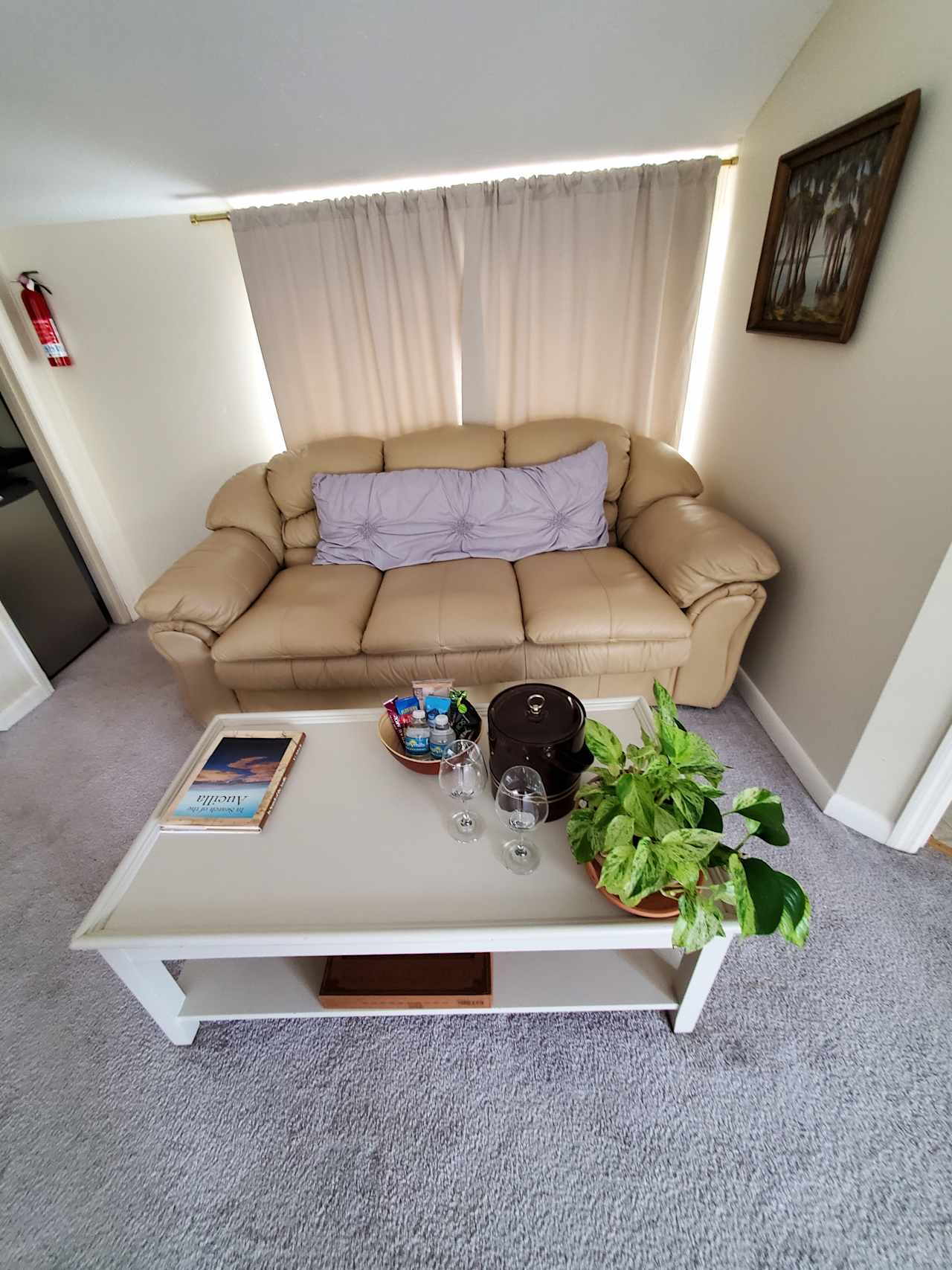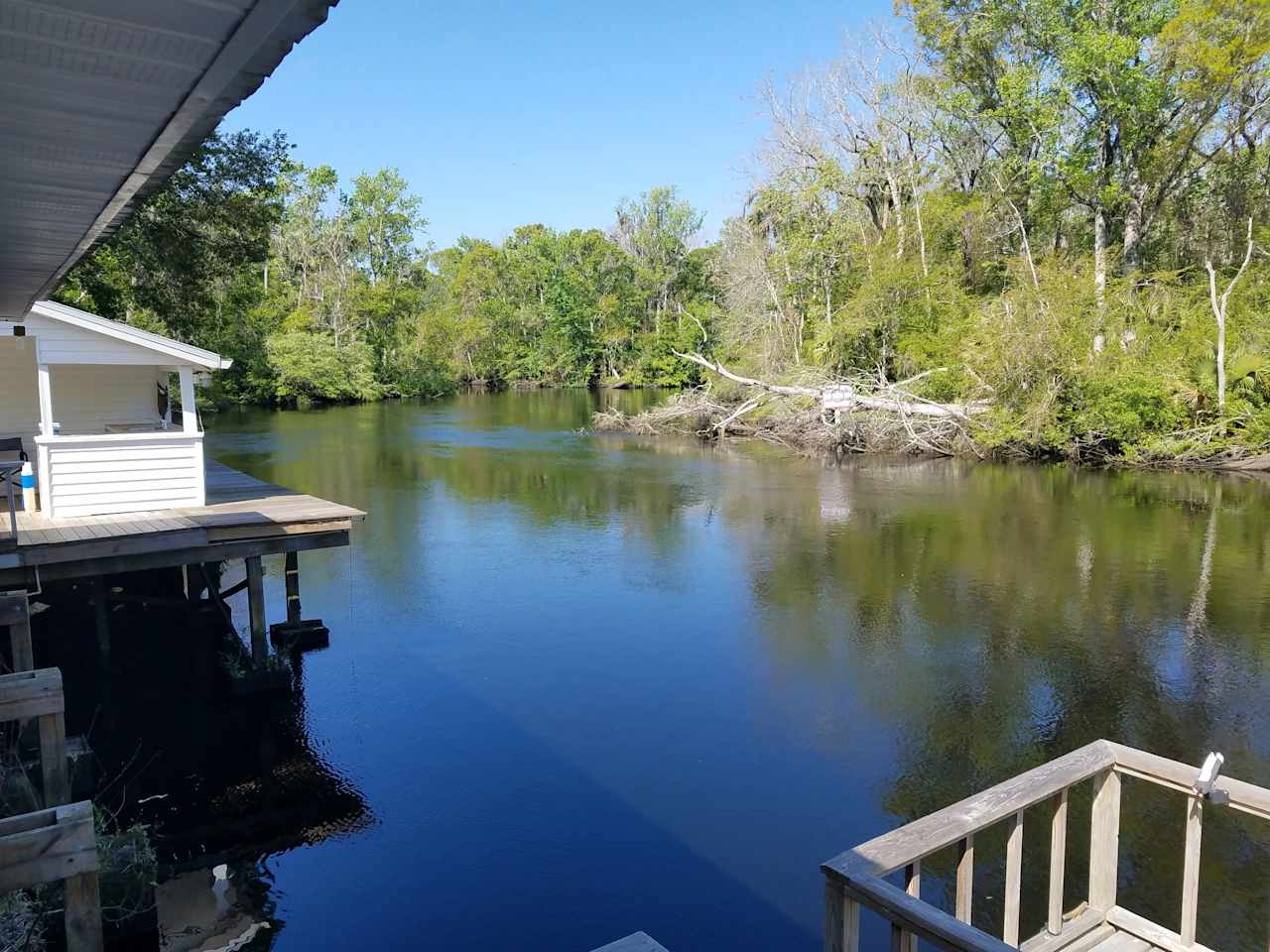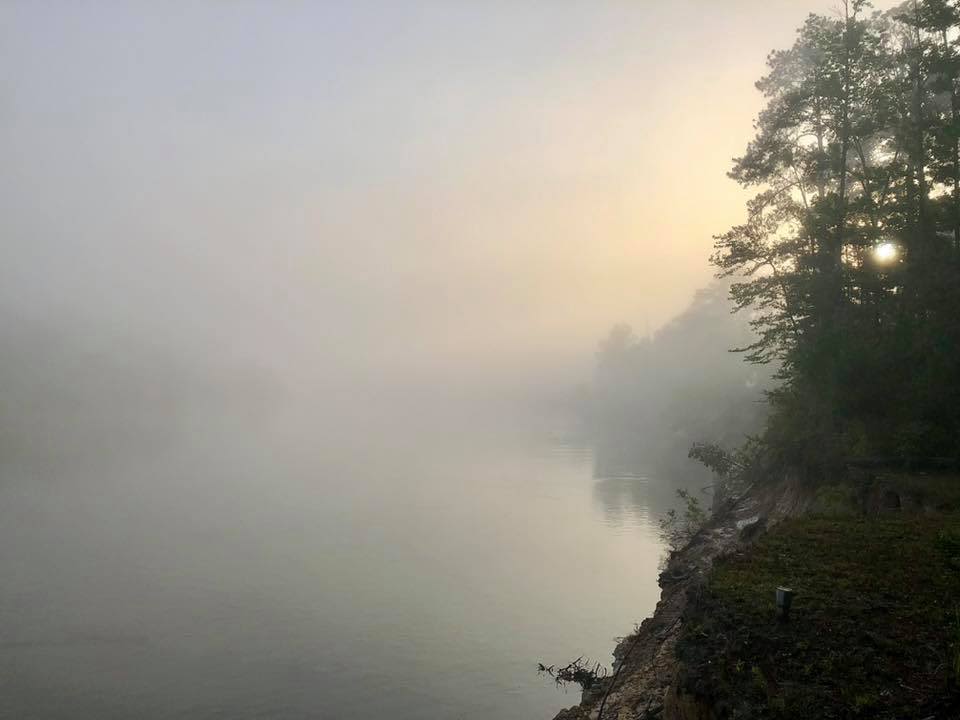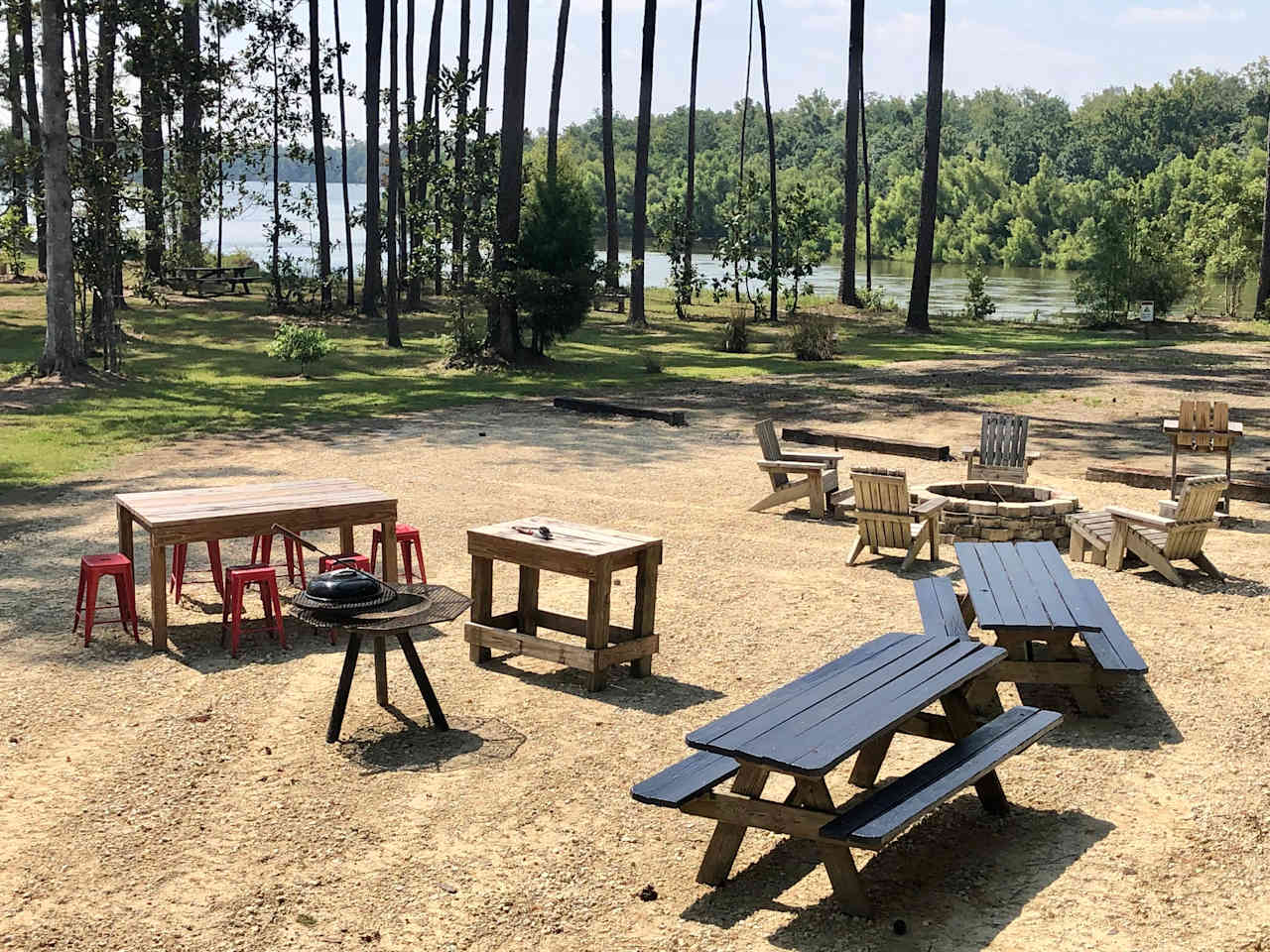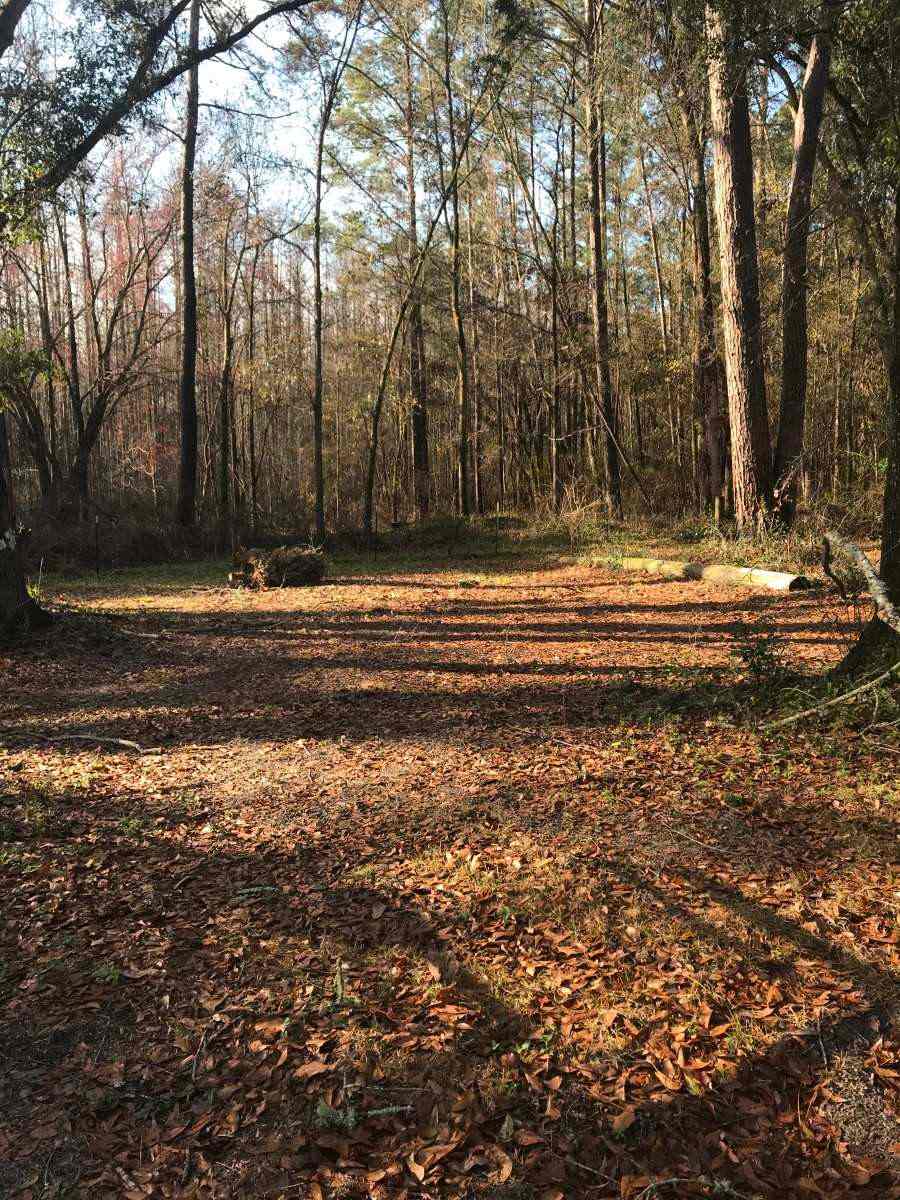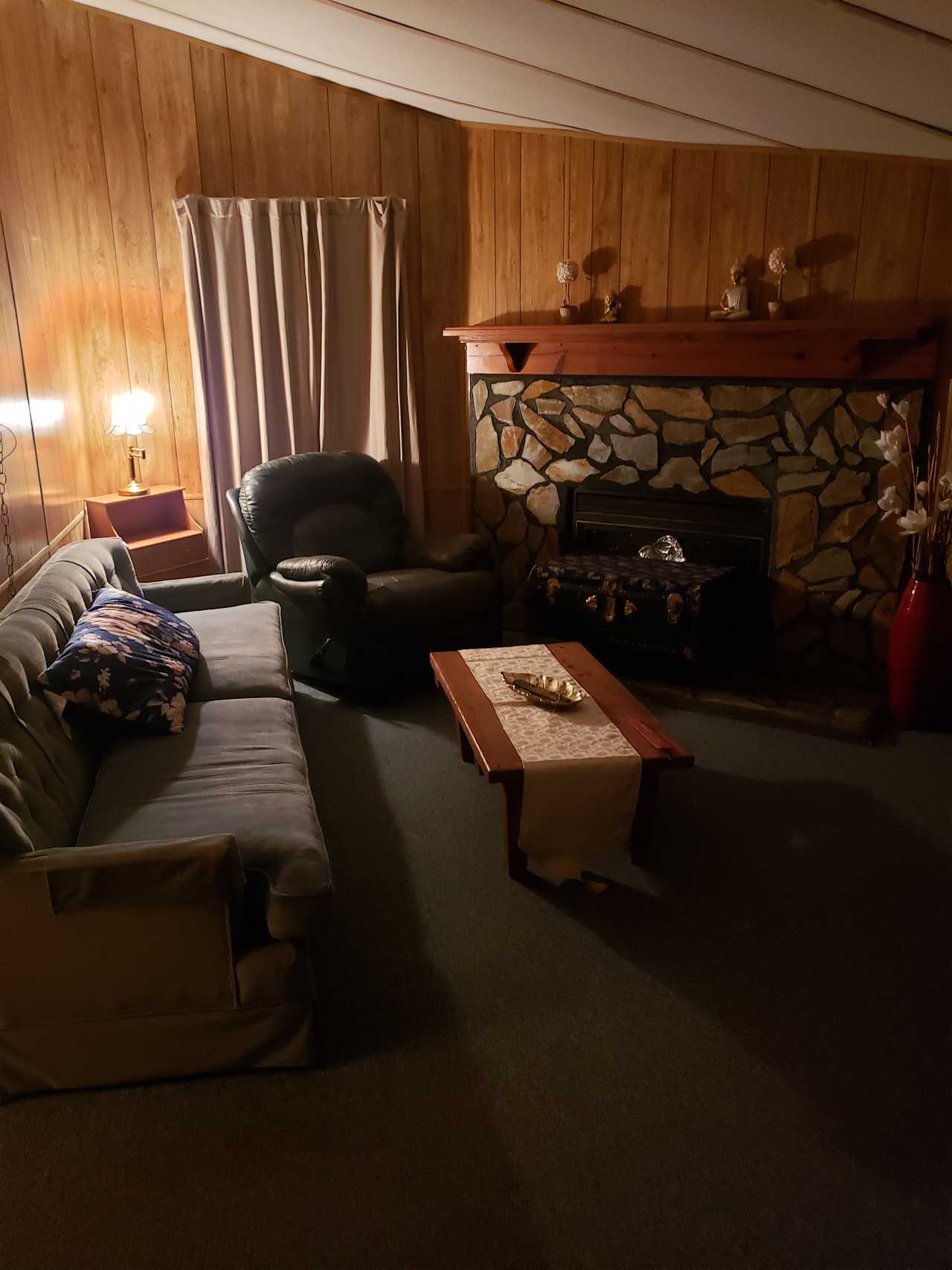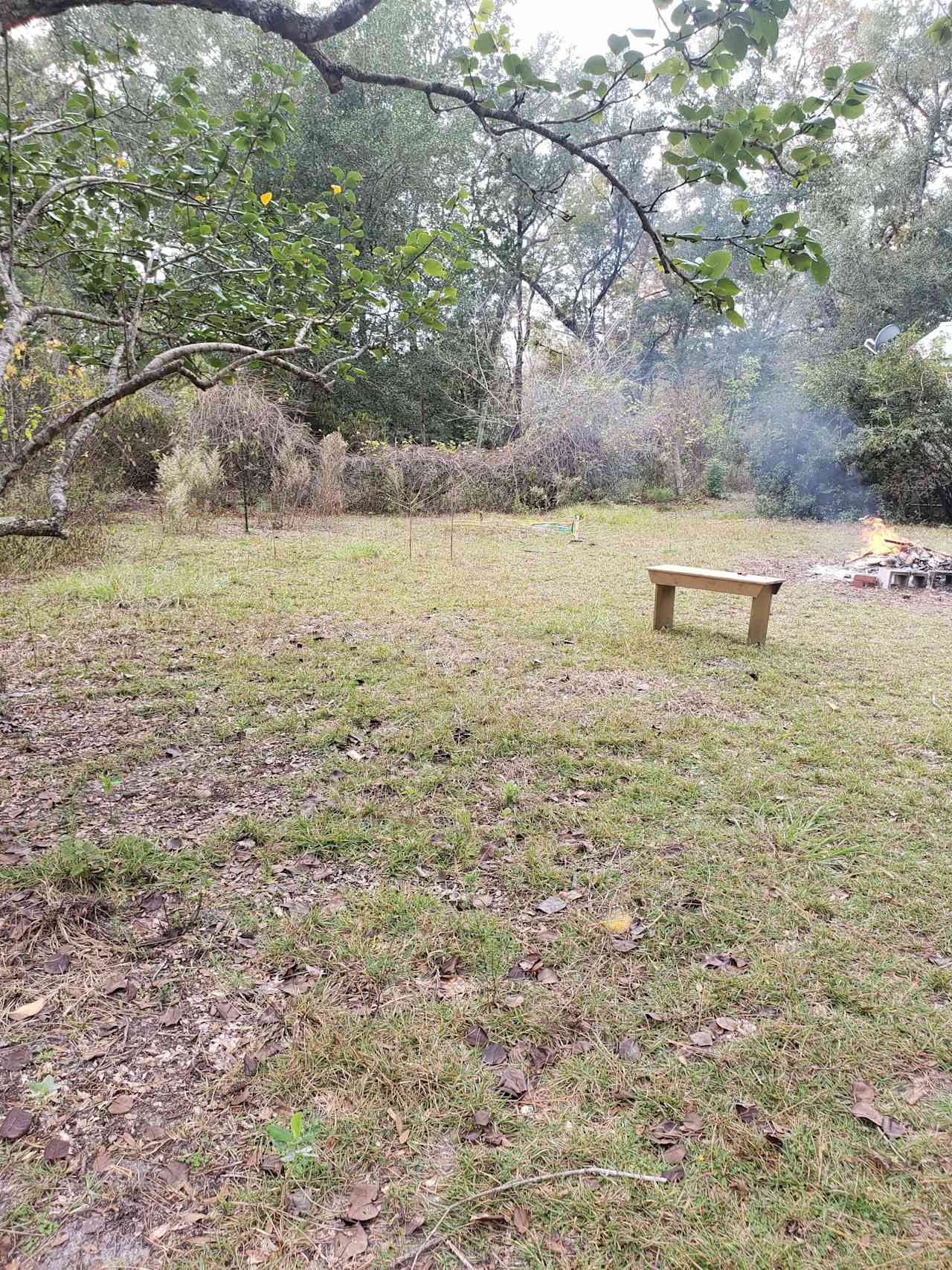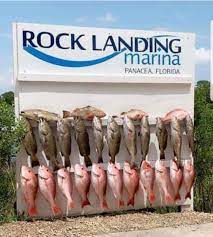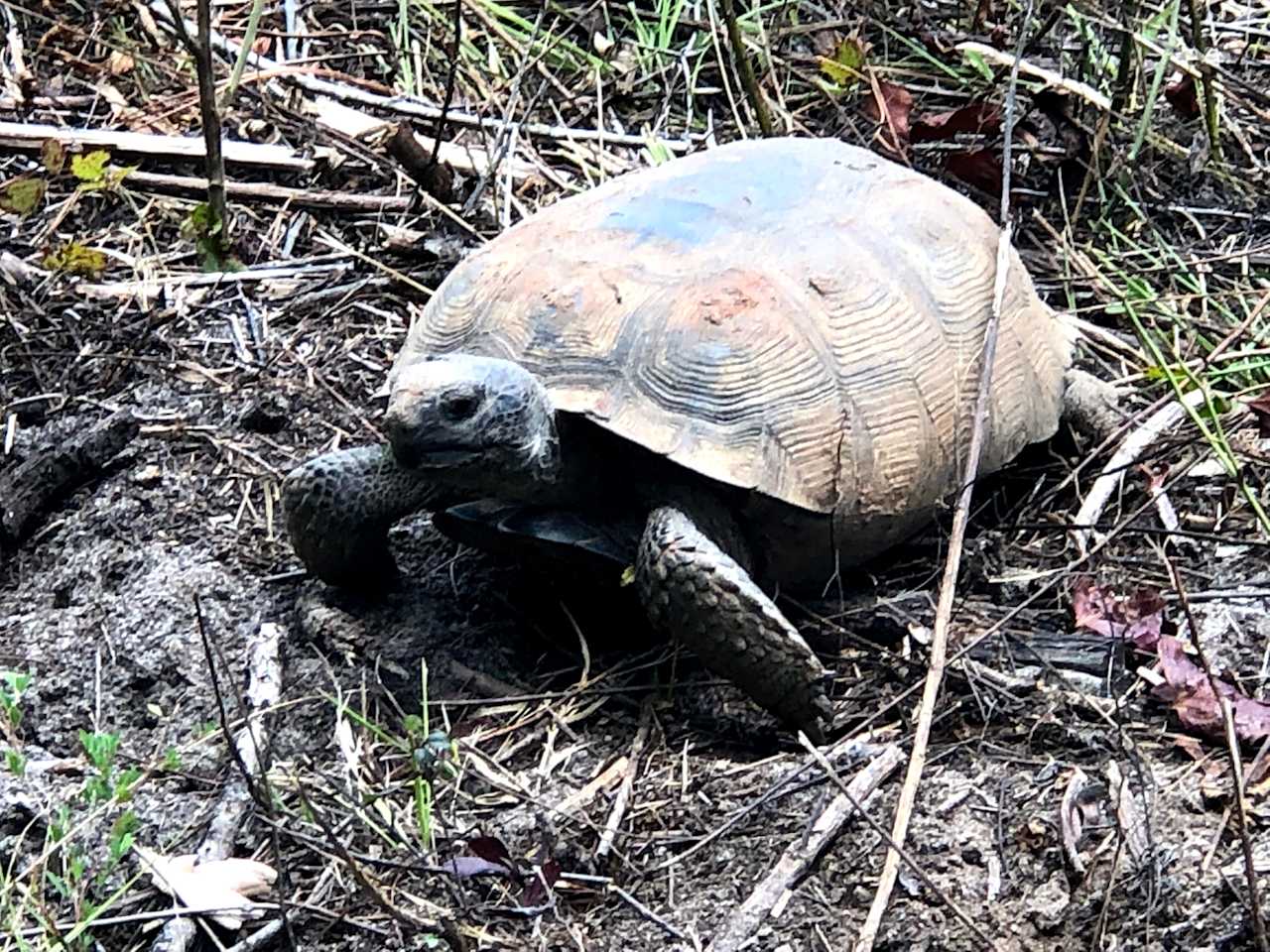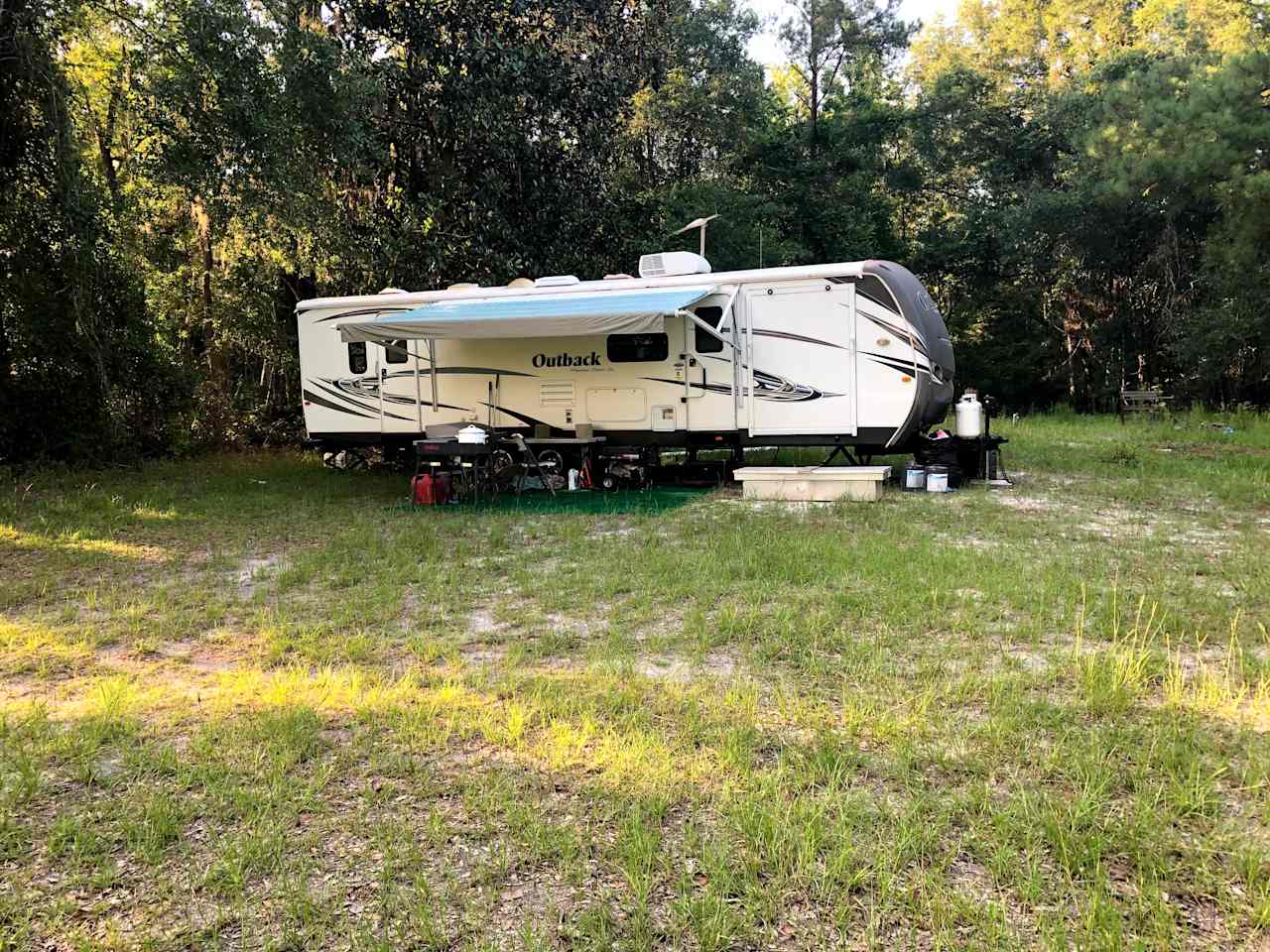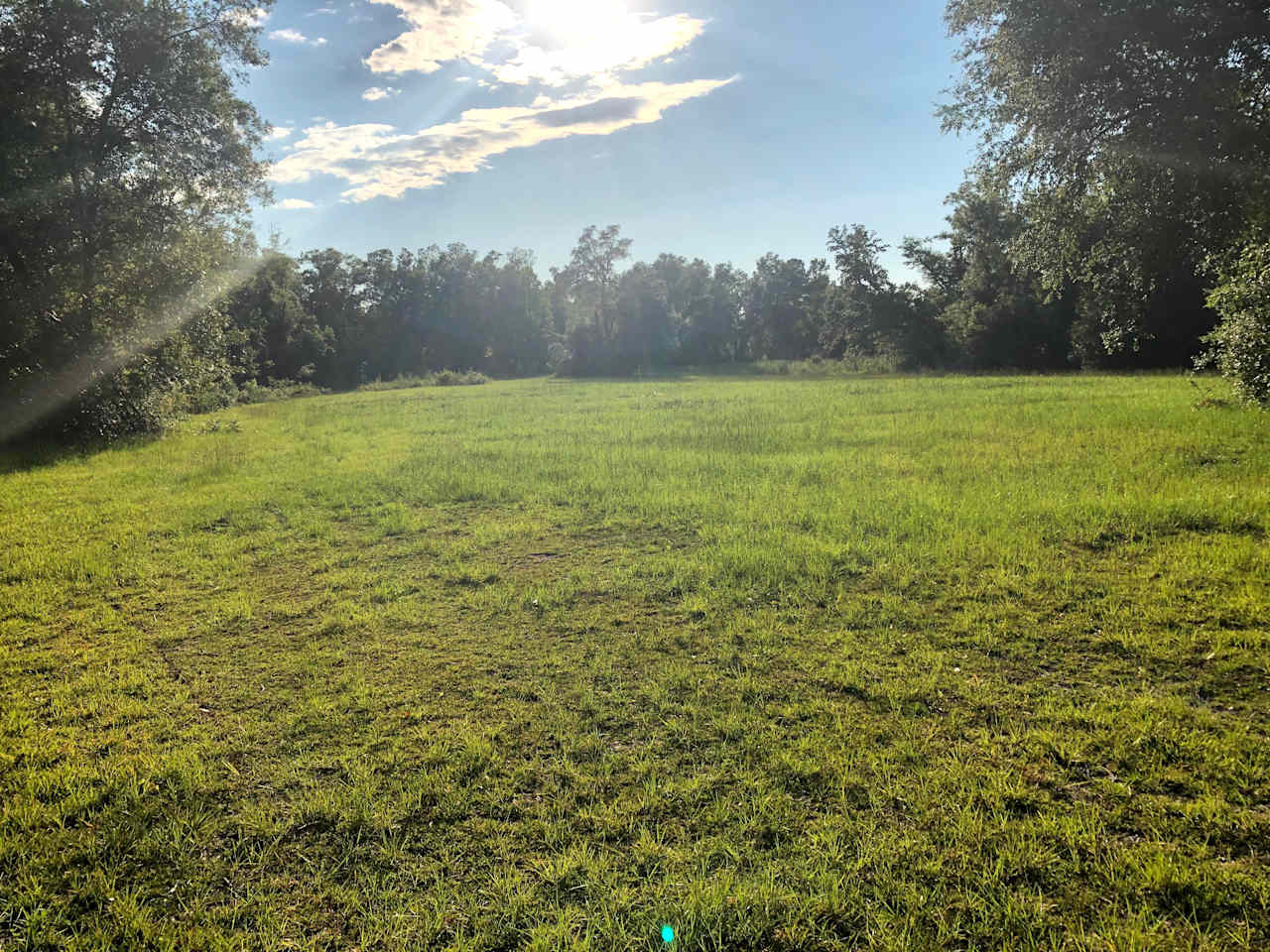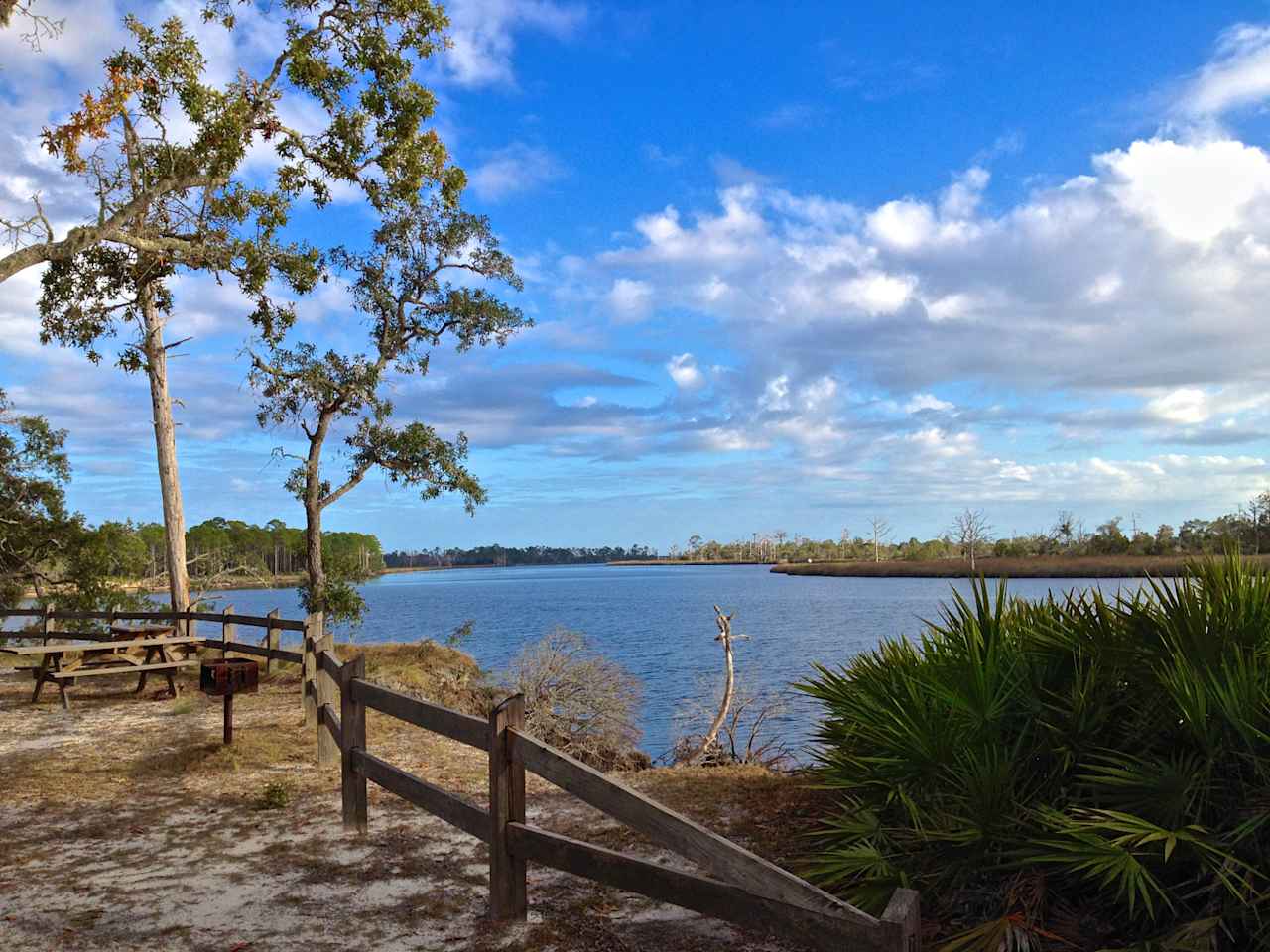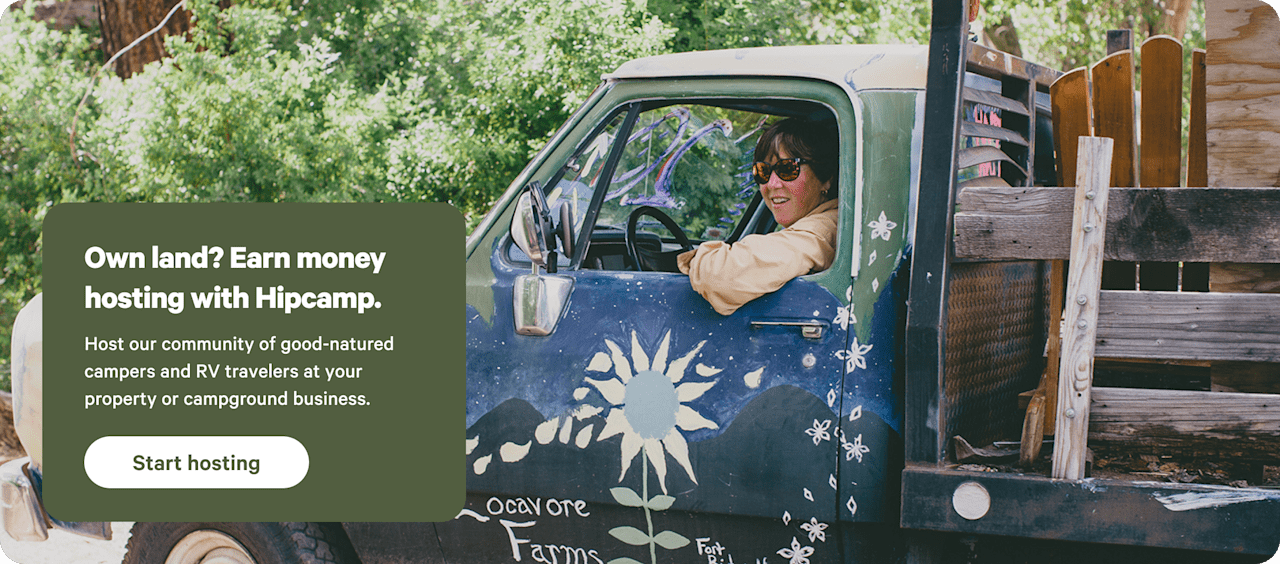River, stream, or creek camping near Tallahassee with fishing
Discover and reserve the best campgrounds, cabins, RV parks, and more.
- Tallahassee
Popular camping styles for Tallahassee
Available this weekend
Ed and Bernices Fish camp
River Rise Cottage On the Aucilla
"Sweet Tupelo" on the "Big River"!
Tallahassee Outskirts Hideaway
B's On The River
7 top river, stream, or creek campgrounds near Tallahassee with fishing
"Sweet Tupelo" on the "Big River"!
Tallahassee Outskirts Hideaway
Corbin's Folly
River Rise Cottage On the Aucilla
Ed and Bernices Fish camp
B's On The River
RV site self contained
Under $50
Ed and Bernices Fish camp
Corbin's Folly
"Sweet Tupelo" on the "Big River"!
Tallahassee Outskirts Hideaway
B's On The River
Dog-friendly getaways
Tallahassee Outskirts Hideaway
River Rise Cottage On the Aucilla
"Sweet Tupelo" on the "Big River"!
Ed and Bernices Fish camp
Corbin's Folly
Nearby parks
Explore the area’s public lands.
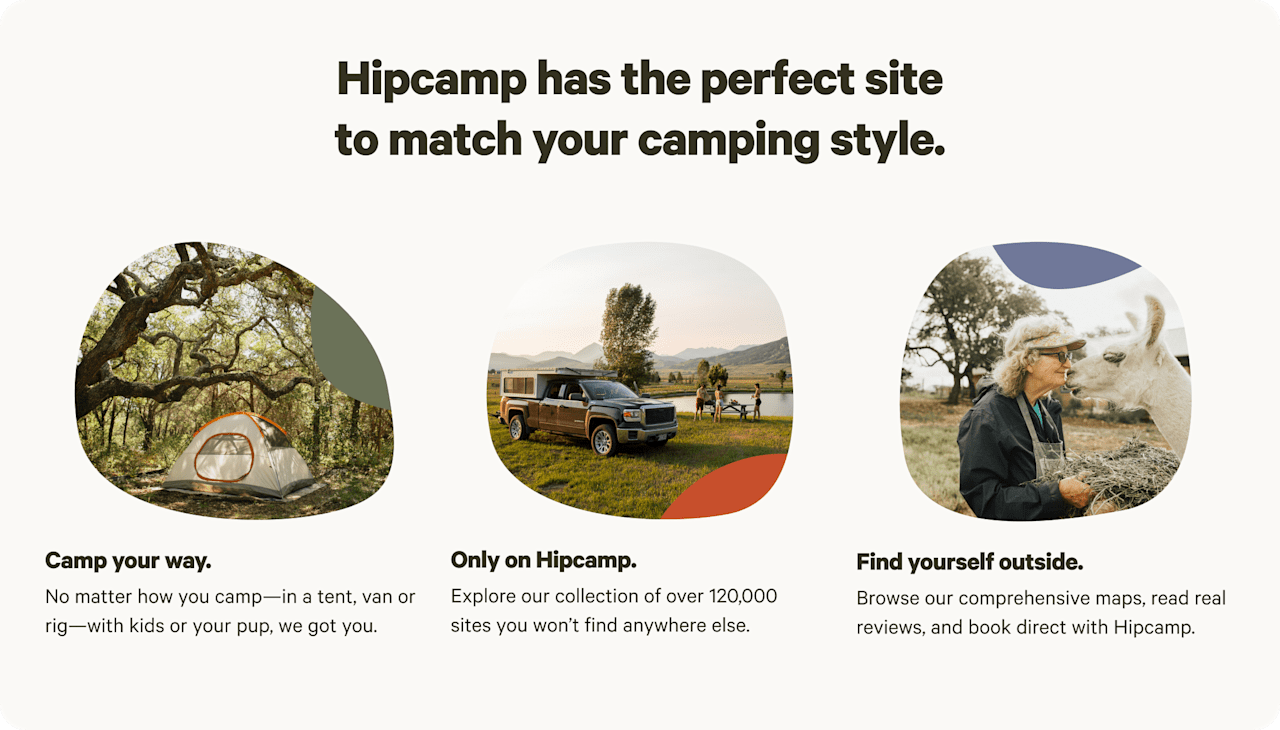

River, stream, or creek camping near Tallahassee with fishing guide
Overview
Tallahassee sits in the Florida panhandle, about 30 minutes south of the Georgia border. Like most of this U.S. region, the heat can get dangerously oppressive in the summer. Expect highs to remain in the mid-90s from late May to early October. On the flip side, Florida winters are among the country's best. You'll get highs ranging from the mid-60s to mid-70s from November to March. Lake Talquin State Park is a can't-miss stop if you enjoy time spent in and around the water. Head about 30 minutes west on FL-20. The park sits on cliffs overlooking the crystal blue water. It's a sublime place for a quiet picnic with friends or family. Birdwatchers will also love it here. Ospreys, great blue herons, and majestic bald eagles all make their homes around the Lake Talquin area. If you're traveling via RV, consider making camp at Big Oak RV Park. This popular spot has free Wi-Fi and allows for both tent camping and RV camping. Monticello's Tallahassee East Campground is another RV option. You'll have to head about 35 minutes east on I-10 to reach it, though. As a tradeoff, you'll get on-site access to a cute fishing pond teeming with catfish and bass.



